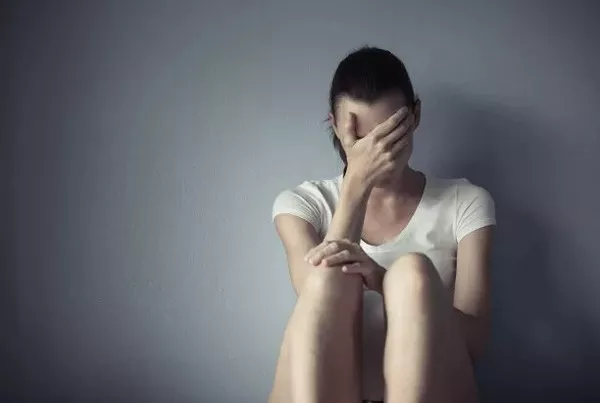Bipolar disorder is a mental health condition characterized by extreme shifts in mood, energy levels, and activity patterns. It affects millions of individuals worldwide, making it a significant concern in the field of mental health. While bipolar disorder encompasses various subtypes, this article will focus on the most common types: Bipolar I and Bipolar II. By understanding the characteristics of these two types, individuals and their loved ones can recognize the symptoms and seek appropriate treatment.
Bipolar I Disorder
Bipolar I disorder is the most severe form of bipolar disorder. It involves experiencing manic episodes, which are distinct periods of elevated or irritable mood accompanied by increased energy levels and impulsivity. The defining characteristic of Bipolar I is the occurrence of at least one manic episode, which may be followed by depressive episodes. Some key features of Bipolar I disorder include:
Manic Episodes: During a manic episode, individuals may exhibit symptoms such as excessive self-confidence, racing thoughts, decreased need for sleep, heightened activity levels, and engaging in high-risk behaviors (e.g., reckless spending, substance abuse).
Depressive Episodes: Following a manic episode, individuals may experience depressive episodes characterized by feelings of sadness, hopelessness, low energy, changes in appetite, sleep disturbances, and loss of interest in previously enjoyed activities.
Impairment and Psychosis: Bipolar I disorder can significantly impair daily functioning and may sometimes lead to psychotic symptoms, such as hallucinations or delusions, during severe manic or depressive episodes.
Bipolar II Disorder
Bipolar II disorder is considered a milder form of bipolar disorder. It involves recurrent episodes of major depression and hypomania. Hypomania is a less severe form of mania characterized by elevated mood and increased energy levels. Some key features of Bipolar II disorder include:
Hypomanic Episodes: During a hypomanic episode, individuals experience similar symptoms to those seen in Bipolar I, such as increased energy, racing thoughts, impulsivity, and heightened self-esteem. However, these symptoms are less severe and do not cause significant impairment in functioning.
Major Depressive Episodes: Individuals with Bipolar II disorder experience recurrent episodes of major depression, which are characterized by persistent feelings of sadness, hopelessness, loss of interest, changes in appetite and sleep patterns, and difficulty concentrating.
Cycling Patterns: Unlike Bipolar I disorder, individuals with Bipolar II disorder often experience more frequent cycling between depressive and hypomanic episodes. These mood swings can occur rapidly or over longer periods, impacting daily functioning and overall well-being.
Distinguishing Factors and Diagnosis
Distinguishing between Bipolar I and Bipolar II disorders can be challenging due to overlapping symptoms. However, several key factors help differentiate them:
Severity of Manic Episodes: Bipolar I disorder is characterized by severe manic episodes that often require hospitalization due to the associated impairment. In contrast, hypomanic episodes in Bipolar II disorder are less severe and do not cause significant impairment.
Presence of Psychosis: While psychotic symptoms, such as hallucinations or delusions, can occur in severe manic or depressive episodes in Bipolar I disorder, they are not typically present in Bipolar II disorder.
Diagnostic Criteria: Both Bipolar I and Bipolar II disorders are diagnosed based on specific criteria outlined in the Diagnostic and Statistical Manual of Mental Disorders (DSM-5). A thorough evaluation by a mental health professional is necessary to determine the correct diagnosis.
Conclusion
Bipolar disorder is a complex mental health condition that affects individuals worldwide. By understanding the most common types, Bipolar I and Bipolar II, individuals and their loved ones can recognize the characteristic symptoms and seek appropriate treatment. It is crucial to remember that bipolar disorder is a treatable condition, and with a comprehensive treatment plan involving medication, therapy, and support, individuals can effectively manage their symptoms and lead fulfilling lives. If you or someone you know is experiencing symptoms of bipolar disorder, it is important to consult a mental health professional for an accurate diagnosis and personalized treatment.
Related Topics:





























